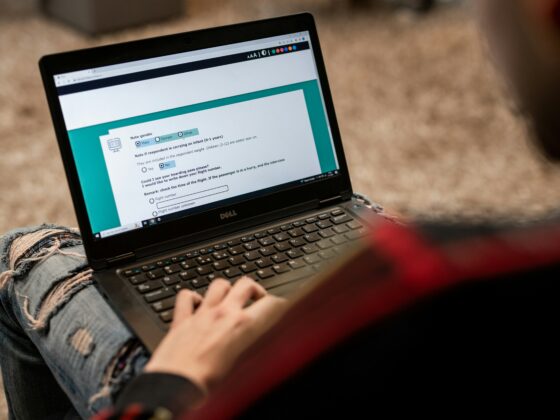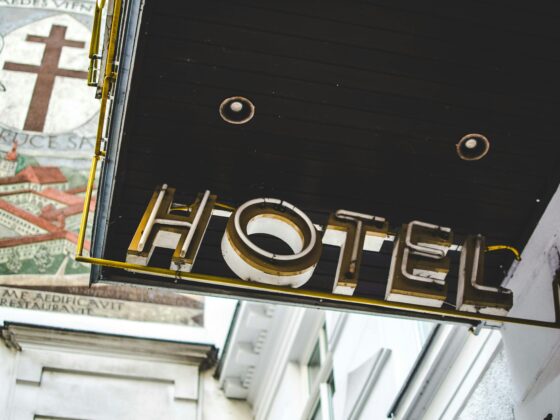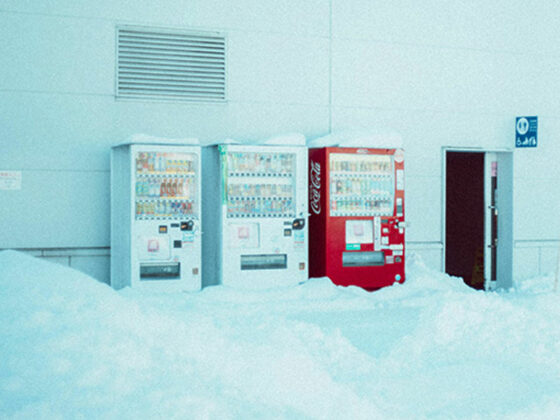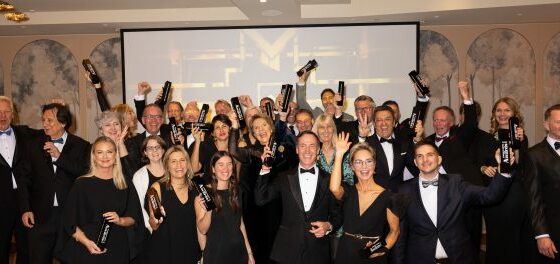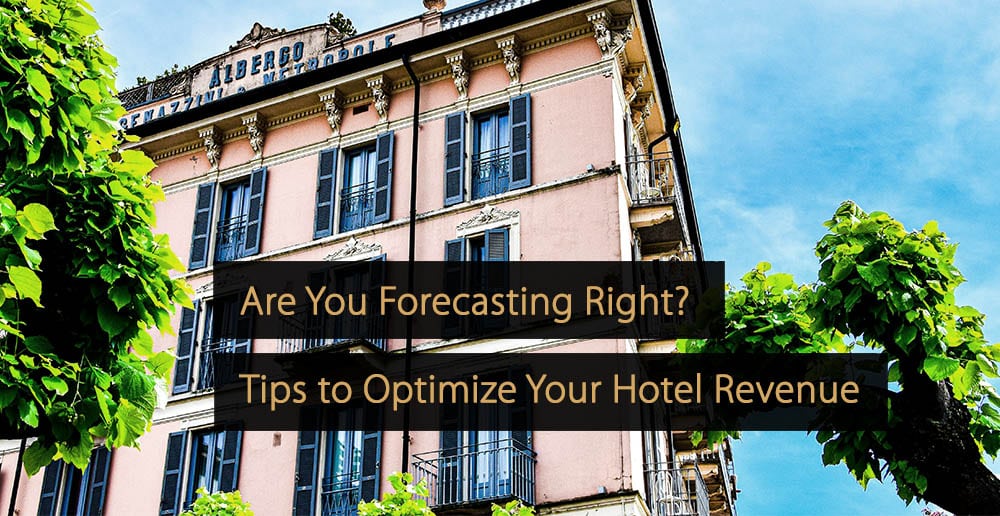
Running a hotel without forecasting is like driving without a map—you might eventually get there, but not without many unnecessary detours. Forecasting isn’t just for big hotel chains—the independent properties stand to gain the most from a clear picture of what’s ahead. Let’s explore how forecasting can help you to stay one step ahead and turn insights into revenue.
What is Hotel Forecasting?
Think of forecasting as your property’s crystal ball. Just as weather forecasts help you plan for sunny days or storms, hotel forecasts allow you to anticipate demand, optimize operations, and fine-tune pricing. From projecting room occupancy to revenue by market segment, forecasting helps you see what’s coming and prepare accordingly.
For instance, you could use a day-by-day revenue forecast to plan staffing, adjust pricing, and even align food and beverage supplies to guest numbers. Whether you run a 10-room boutique hotel in Bergamo, Italy, or a large hotel in Paris, forecasting is your roadmap to data-informed decisions.
Why is Forecasting Essential?
Forecasting goes beyond crunching numbers—it’s about creating opportunities. Here’s why accurate forecasting is indispensable:
- Stay ahead of trends: predict demand surges or slumps early and adapt.
- Maximize revenue: fine-tune pricing strategies to capitalize on high-demand periods.
- Improve guest experience: ensure smooth operations by aligning staffing and resources with demand.
- Avoid pitfalls: spot potential shortfalls or bottlenecks before they become problems.
- Plan proactively: anticipate everything from food supply needs to occupancy shifts.
You can confidently steer your property toward better financial outcomes by staying proactive rather than reactive.
The Types of Hotel Forecasts
Hoteliers typically rely on two primary types of room revenue forecasts:
- Occupancy Forecasts: These projections focus on the number of rooms occupied daily, along with metrics like ADR (Average Daily Rate) and RevPAR (Revenue Per Available Room). They’re crucial for operational planning.
- Demand Forecasts: These estimates project potential room sales if your capacity were unlimited. They highlight periods of high demand and provide insights into pricing and marketing strategies.
While both types are useful, demand forecasts are particularly powerful for revenue management, enabling you to capture opportunities or avoid overpricing that might scare away potential guests.
How to Create an Accurate Hotel Forecast
- Start with data: analyze past booking patterns, seasonal trends, and special events.
- Monitor market conditions: monitor competitor pricing, local events, and economic shifts.
- Track current bookings: monitor booking pace and adjust your forecast based on trends.
- Leverage technology: automated tools like RoomPriceGenie make forecasting faster, more precise, and less stressful.
- Account for variables: don’t forget external factors like weather, cancellations, or unexpected local events—they can significantly impact demand.
For example, if a sudden music festival is announced near your property, updating your forecast promptly could help you adjust prices and capture the spike in demand.
How Forecasting Drives Pricing Strategy
Forecasting gives you the insights needed to make data-driven pricing decisions. Here’s how:
- Increase rates during high demand: If your forecast predicts full occupancy, it’s a sign of raising rates while maintaining strong booking momentum.
- Identify low-demand periods: use your forecast to plan discounts or promotions during slower times.
- Optimize revenue across dates: instead of focusing on 100% occupancy, aim for the sweet spot where room rates and occupancy deliver the highest revenue.
For instance, a hotel might use a minimum length of stay (MinLOS) restriction during high-demand weekends, encouraging guests to book longer stays while maximizing room revenue.
Forecasting and Inventory Controls
Forecasting isn’t just about pricing—it also supports better inventory management. If demand is high for specific room types, consider:
- Implementing restrictions: Use MinLOS or adjust cancellation policies.
- Upselling premium rooms: Shift demand toward higher-value rooms by offering upgrades at competitive prices.
- Strategic overbooking: Manage no-show risks by overbooking
For example, if entry-level rooms always sell out first, offering a small discount for premium room types can balance inventory while driving revenue growth.
Forecast Tips & Strategies
Here are some practical tips and strategies to refine your forecasts and maximize their impact:
- React quickly to new events
Unexpected events like concerts, festivals, or sports matches can significantly impact demand. Update your forecasts as soon as such events are announced to stay ahead of the curve and adjust your pricing strategy accordingly. - Account for cancellations
Cancellations, whether individual or group bookings, can skew your projections. Include cancellation rates and group wash (the difference between booked and actual group attendees) in your calculations to avoid unpleasant surprises. - Forecast occupants per room
Knowing the number of adults and children per room helps you plan for additional needs, like breakfast capacity, pool access, or extra items like cribs and rollaway beds. - Segment your forecasts by market
Break down your forecast by market segment or rate category (e.g., Best Available Rate, Discount, Corporate, Wholesale, Group). Each segment behaves differently, and this level of detail can inform targeted strategies to optimize revenue. - Analyze demand by room type
Some room types are in higher demand than others. If entry-level rooms are filling up quickly while premium rooms lag, consider overselling standard rooms and upgrading guests later or adjust pricing to shift demand to higher-value options. - Monitor pickup patterns
Track booking pace (how quickly rooms are filling) for different periods. If a specific date starts to fill faster than expected, it’s a clear signal to adjust rates upwards. Conversely, slow pickup may require rate reductions to stimulate demand. - Incorporate external factors
Keep an eye on broader market conditions like weather patterns, competitor pricing, and citywide events. These external factors can significantly impact demand, and integrating them into your forecast ensures you stay competitive. - Review and learn from variances
Track the accuracy of your forecasts by comparing them to actual performance. Analyzing variances helps you identify areas for improvement, ensuring future projections become even more precise.
The Role of Automation in Forecasting
Forecasting manually can feel like assembling IKEA furniture without instructions—possible but unnecessarily complex. Revenue management solutions simplify the process by analyzing your property data and market trends to generate accurate, actionable forecasts. Plus, automation means your pricing adjusts dynamically, ensuring you never miss out on revenue opportunities.
Key Takeaways
Accurate forecasting is one of the key aspects of success in hospitality. It helps you:
- Anticipate demand and market shifts.
- Optimize pricing and revenue strategies.
- Align operations with occupancy trends.
Even independent properties can achieve sophisticated forecasting without breaking a sweat with solutions like revenue management systems. Don’t just react to the market—stay ahead of it.
Free Guide: The Benefits of Revenue Management
By reading this guide, you will gain valuable insights into how revenue management impacts every department and learn how to implement pricing strategies that boost revenue, streamline operations, and improve guest experiences.
Click here to download the guide “The Benefits of Revenue Management”.
More Tips to Grow Your Business
Revfine.com is the leading knowledge platform for the hospitality and travel industry. Professionals use our insights, strategies, and actionable tips to get inspired, optimize revenue, innovate processes, and improve customer experience.
Explore expert advice on management, marketing, revenue management, operations, software, and technology in our dedicated Hotel, Hospitality, and Travel & Tourism categories.

